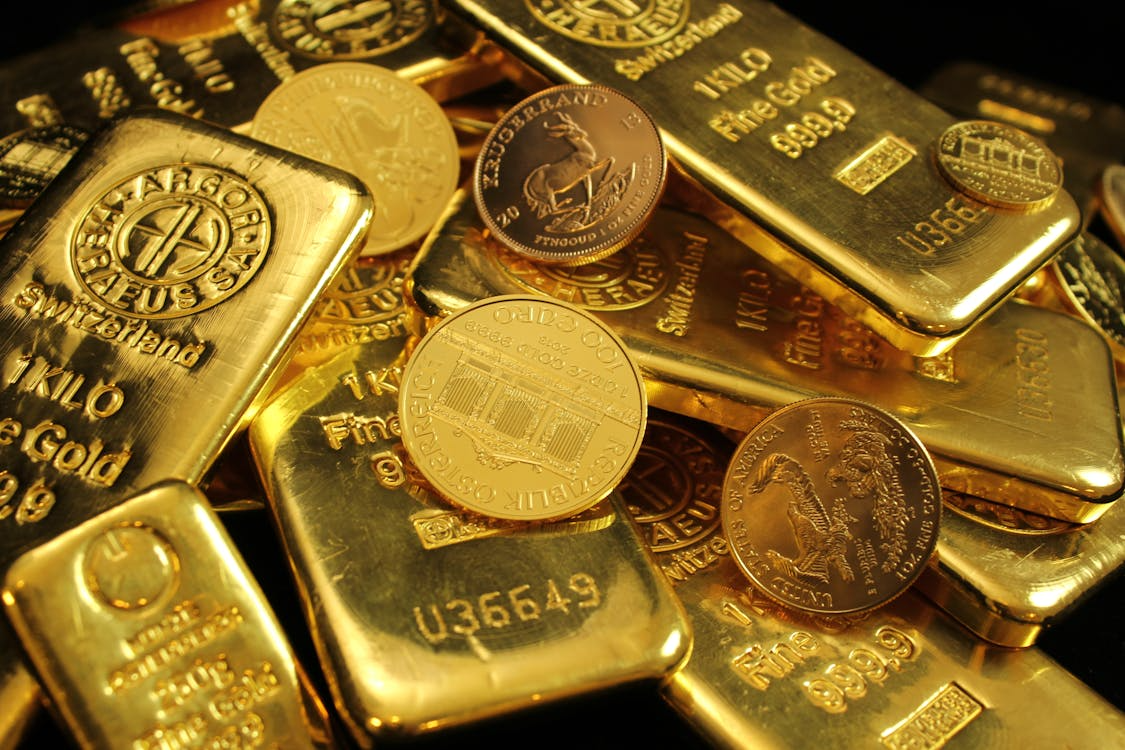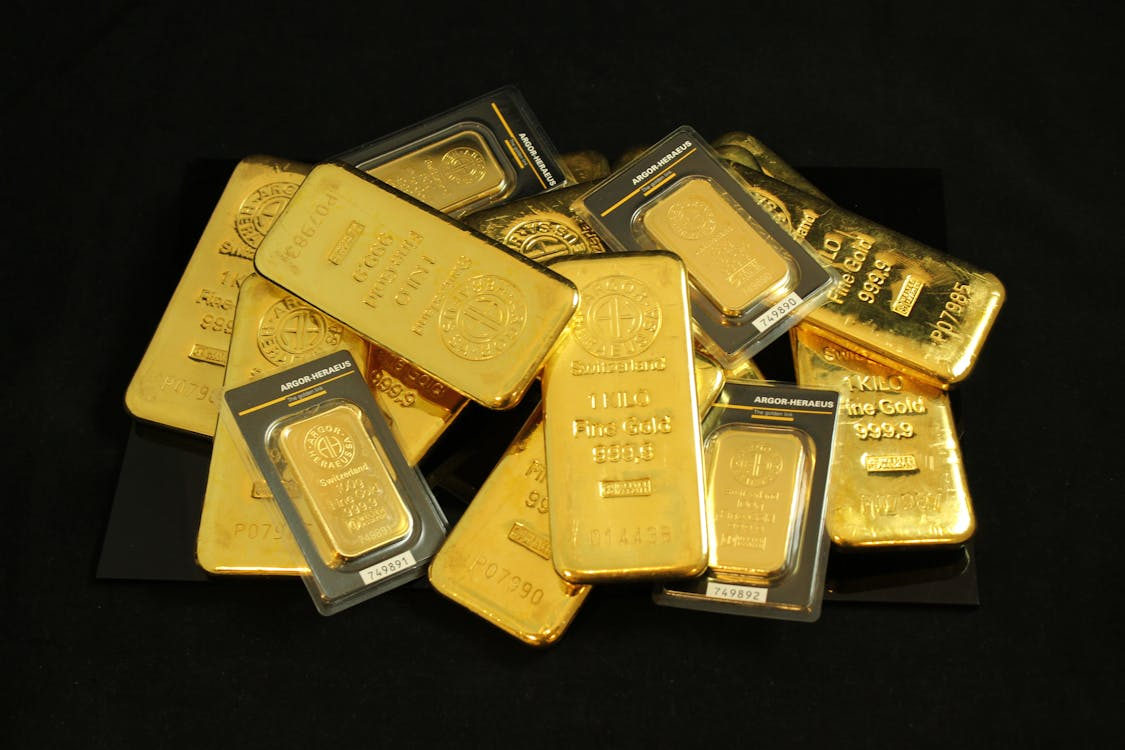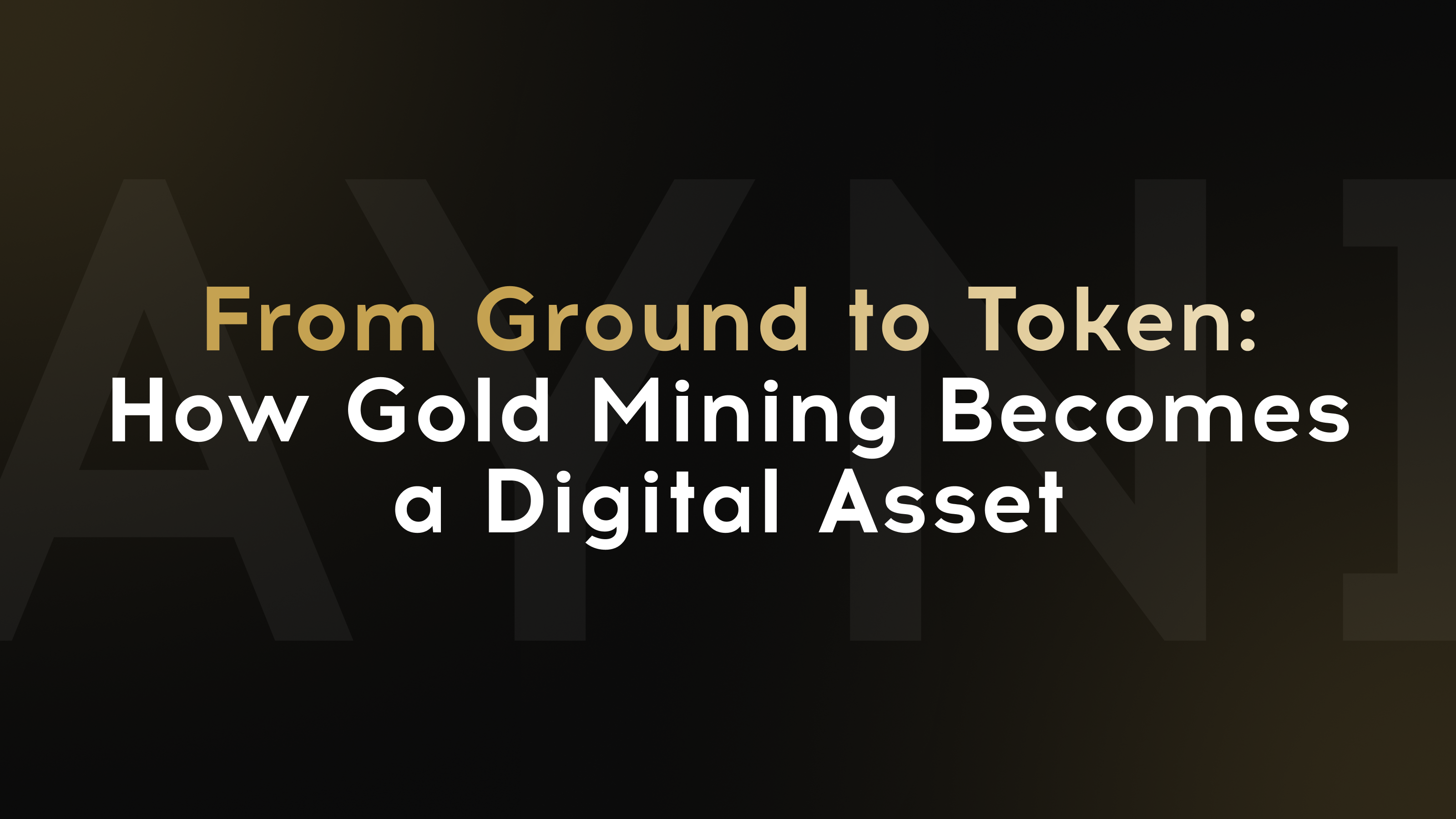Key Takeaways:
- The article explains how mined physical gold mined is transformed into digital tokens.
- Process overview:
- Gold extraction and refining.
- Verification and auditing of gold quantity and authenticity by independent experts.
- Storage in certified vaults, ensuring transparency and traceability.
- Token issuance on blockchain. On the AYNI Gold platform, each token represents a verified share of real gold.
- Investors can buy, trade, and earn rewards in PAXG, with high returns.
- Benefits: fractional ownership, transparency, liquidity, and accessible participation in gold mining.
Risks: market volatility and potential regulatory changes.
- AYNI merges traditional gold mining with blockchain, creating a new class of tokenized commodities — secure, transparent, and open to everyone, not just institutional investors.

Gold has always been a symbol of stability, wealth, and confidence. However, modern technology is changing even the most traditional forms of investment. Today, you can store gold in a safe place and own it digitally. This is made possible by digital asset creation, which combines physical assets with blockchain technology.
Gold tokenization makes investing more transparent and accessible. You don't need to buy a whole bar — you can acquire a share in the production. You get this opportunity on the AYNI Gold platform.
It's the world's first ecosystem that connects real-world gold mining with blockchain. AYNI enables you to invest directly in the mining process, generating income from real-world production. Projects that simply back tokens with gold don't offer this opportunity.
Now, let's see, how mined gold becomes a digital asset.
From Mining to Blockchain
To understand how gold becomes a digital token, it's crucial to consider the entire journey of gold. Its origin lie deep within the earth, and its final stage is the blockchain. The entire process consists of many sequential stages. These include verification, various audits, and technological transformations.
Miners begin this process. They extract gold, refine it, and test it. The precious metal is then moved to a high-security storage facility. The specialists' job is to verify and confirm authenticity. They record every detail. Every step is designed to ensure the process remains transparent.
A digital token on the blockchain is created and issued based on this data. A crypto unit represents a specific amount of physical gold.
This is a new asset class called tokenized commodities. Here, physical gold transforms into a digital form.
The term “tokenization” intimidates many beginners, but in reality, it's much simpler. The process appears as a transparent chain of actions. Here, each step depends on the previous action.
Gold tokenization is not an abstract idea. The blockchain token issuance is backed by mined gold assets. Here, only real, proven technologies are used. It combines traditional mining with digital tools. This combination makes asset management simpler and faster.
To sum up, the operating principle consists of the following steps:
- Gold mining and processing in accordance with all standards.
- Recording of mine results.
- Independent verification.
- Storing gold in special facilities with high security.
- Issue of a token backed by the mined gold.
Investors buy and stake tokens and earn rewards in PAXG. Each stage is subject to strict and detailed oversight. This lets users trust that mined physical gold backs each token, not just a promise.
Gold Mining Operations
Gold mining isn't as simple as it might seem at first glance. It involves many processes, and attention to detail is essential. Failure to adhere to environmental standards will result in a significant reduction in product quality.
Mining efficiency determines the income that can be earned from a token. High productivity increases production volume, which positively impacts investor returns.
The gold mining process is multi-stage and looks like this:
- Exploration — geologists assess the land and calculate the gold content in the rock.
- Mining — modern equipment helps minimize the environmental impact.
- Recycling — the raw material is carefully purified to produce high-quality, pure gold.
After these stages, the gold is ready for testing and storage. Effective cost management ensures sustainable profitability. This makes the AYNI project, that bonds a digital asset to a gold extraction process, quite attractive to investors.
From Extracted Gold to Custody

Experts must confirm the authenticity and quantity of the mined gold. Independent auditors carry out this procedure. All results are recorded in reports by the specialists, and then that data is used to create tokens.
Gold sits securely in certified, high-security vaults. Every movement and status change gets carefully documented, creating full transparency and building trust.
Vaults play a central role in the process. They not only store gold, but also prove that it is really there. Audits ensure that every token has a real asset backing it. Verification is what makes tokenization count.
In the digital asset world, transparency builds trust. Each step of the process, from mining to tokenization, is documented for every gram of gold. This enables a secure transition from physical to digital assets, maintaining the stability of the entire supply chain.
Token Issuance — Bringing Gold on the Blockchain
The tokenization process begins after the gold has been verified and placed in the vault. This is where the tokenizing gold mining process takes place. Smart contracts generate a digital token that represents an individual share in the total mined output.
You can be confident in the fairness and transparency of the process. The blockchain records all data: production, price, and volume. Therefore, investors can easily verify the token's origin.
Smart contracts power the AYNI ecosystem. They automatically send rewards to investors and make sure every transaction stays fair and safe.
Each AYNI token links to a specific volume of processed raw materials. This creates a direct link between the mine's productivity and the token's value. This strategy enhances the sustainability and predictability of investments.
How Tokens Gain Value
After they are issued, tokens become part of the open market. Investors can trade them on different platforms, which gives more liquidity and flexibility. This makes gold not just a reliable asset, but a dynamic one as well.
The blockchain records every token movement, eliminating the possibility of counterfeiting and increasing trust. Investors can view all transactions in real-time. These features make the system as open as possible.
Previously, only large players could invest in gold. Now, even students and private investors can participate in gold mining. Thus, the gold market has become more democratic and modern.
Opportunities and Risks
Any new idea comes with opportunities and risks, and mined gold tokenization is no different. In order to make smart choices, it is important to understand both sides of the process.
Benefits
Fractional ownership of a real asset
Transparency and audit
Availability and liquidity
High profitability potential
Risks
Market Volatility
Potential Regulatory Changes
—
Even the strongest technologies need careful handling. Do your research, read the reports, and keep up with updates. You can cut most risks by investing wisely and using trusted platforms like AYNI Gold.
Conclusion & Takeaways

Gold’s journey from the mine to the blockchain shows how traditional assets are moving into the digital world. AYNI combines Earth's heritage with future technologies. Our platform offers a sustainable ecosystem for investors.
If you want to learn more about gold mining-backed tokens and begin your journey into the world of tokenized commodities, use ayni.gold platform. Discover new opportunities for responsible investing.
.svg)
.svg)




.svg)